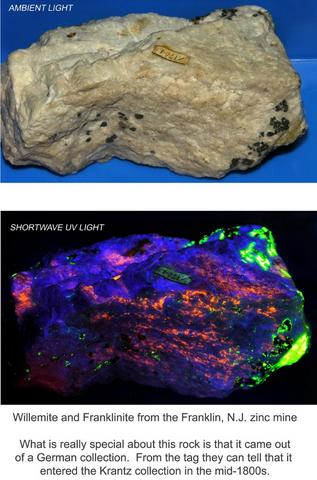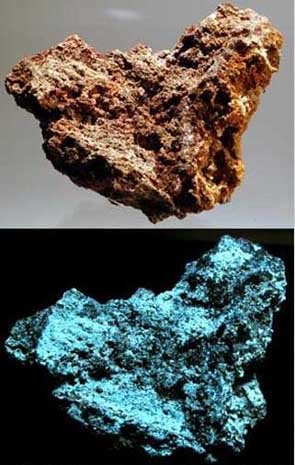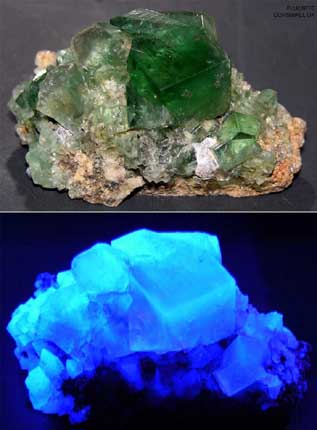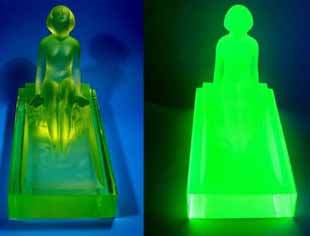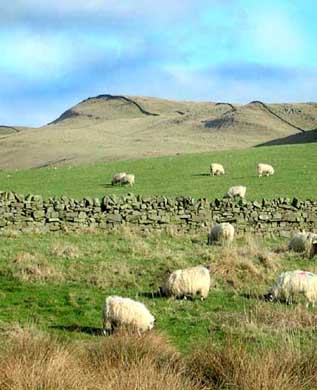World Water Day
Today March 22, 2010 is World Water Day. It is worth taking to heart that there are still approximately one billion people on planet Earth who do not have safe drinking water available to them.
Here in El Paso, Texas in the United States of America we have very dependable and basically safe running water coming out of our faucets; and our sewage is properly treated. But desertification is real both here in the U.S.A. and many other parts of the world.
In this part of the country agriculture uses and wastes much of the available water. Our drinking water comes from two sources: The Rio Grande River which goes thorough the Pass Of The North at El Paso, and the ground water which has been stored under the city for eons. Agriculture and the people of El Paso have now used up almost all of the drinkable ice age geologic well water stored underneath us. Since rainfall rates are very low here in the desert, there is virtually no recharge into our aquifer when you compare it with the rate at which we have been using up (mining) this underground water. There is a substantial amount of salty water left in the aquifer, but removing this salt (desalinization) demands a great deal of energy and thus is very expensive in both dollars and the carbon footprint.
In the newer parts of middle class suburbia desert landscaping (rock lawns) is now the norm. In the poorer and older parts of El Paso many people have just stopped watering their lawns, so almost all plants including the trees, have now died. In the wealthy areas of town many of the arrogant and rich thumb their noses and point their middle fingers at nature and the poor, and so they still have their lush green lawns and golf courses.
The Rio Grande River is just about played out by the time it reaches El Paso. It is heavily contaminated with salt from evaporation and agricultural chemicals like fertilizers, herbicides, and pesticides. Many cites up-stream of El Paso discharge their sewage into the river before it reaches the inlets of the drinking water system, so the river also contains scary amounts of fecal and biological contamination. The underground aquifer in El Paso is now so depleted, and the Rio Grande River is so contaminated, that the bottom of the river bed has been lined with concrete near downtown El Paso. This is at least in part to try and stop this contaminated river water from recharging and contaminating what is left of the largely depleted aquifer.
The agricultural parts of town are beautiful. They are green and lush. The pecan trees and fields of cotton or chile seem so nice. Unfortunately almost all of the farmers irrigate their land in an extremely wasteful manner. It is sad, but agriculture needs to end both here in El Paso and also up-stream in the Hatch, New Mexico area.
As for the rest of the world, I am really worried. It seems almost hopeless. Global warming is melting the high mountain glaciers which feed some of the world's major rivers during the hot and dry growing season. When the Ganges and other major rivers which are fed by melting glaciers in the Himalaya mountains dry up and can no longer provide water for cropland irrigation, there is going to be hunger and famine on an unheard of and almost unimaginable scale.
What can each of us do? Probably the first step is to lower your own individual water usage. There are many ways to be less wasteful – if you don't know how, just look on the internet for ideas. The next step is becoming better educated and more politically active.
.
.
.
.
.
.




